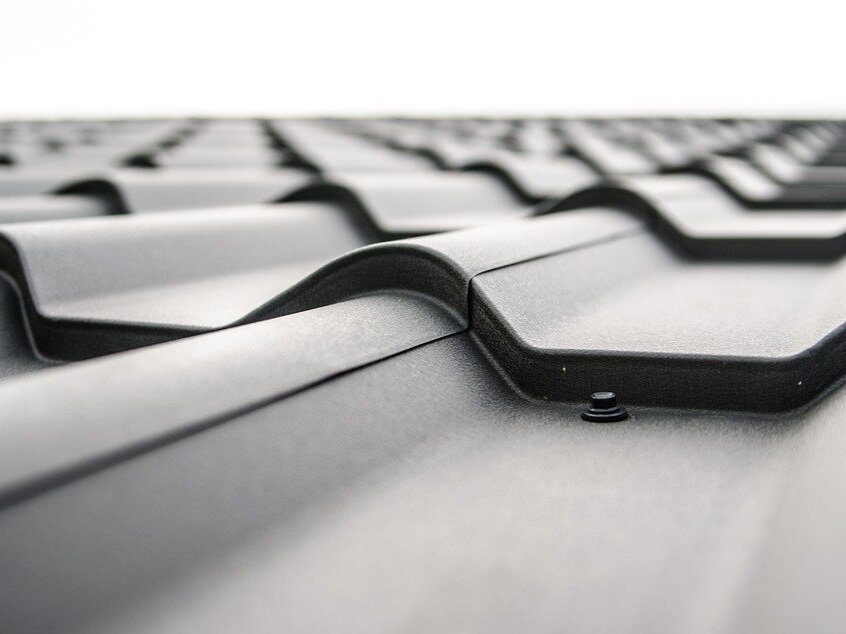What is a 3D Envelope (And How Will It Impact Your Building Designs?)
3D technology is a game-changer in the construction industry. Find out how it specifically benefits the construction of building envelopes here.
The Fourth Industrial Revolution gave birth to a profound change in the building sector.
In particular, the last decade has seen so many innovations in terms of materials, construction techniques, and even perspective of shapes. This is mainly due to the progress in terms of manufacturing technology.
Among the latest improvements in manufacturing technology is the emergence of 3D envelopes.
The process is still in its early stages. But 3D envelopes are slowly gaining fame as they have significant potential for modularity and sustainability of building design.
In this article, we’ll talk more about what building envelopes are and why they are important for property developers to know about.
What is A Building Envelope?
Think of a building envelope as a physical barrier that separates a structure’s interior and exterior areas.
Generally, a building envelope is made up of several components that protect the indoor space of the structure from any environmental concerns. These include rain, hail, wind, snow, and UV rays from the sun. Overall it is the entire exterior building system.
The components of a building envelope include:
- Roofing system
- Wall assemblies such as exterior cladding, insulation, vapour barrier, and interior sheathing
- Glazing, which includes doors, windows, and skylights
- Foundation
- Chimney
- Vents
2 Types of Building Envelopes
Type #1 – Dual Stage
This envelope system consists of a primary barrier and a secondary waterproofing system.
One example of a dual-stage envelope is a brick masonry veneer wall. The brick veneer serves as the primary barrier for the structure. But because water permeates through masonry, it is necessary to install a secondary waterproofing and flashing membrane to stay protected from water. Flashing is a thin sheet of material impervious to water that prevents water or any other fluid from going through joints of buildings.
Type #2 – Single Stage
As the name suggests, a single-stage system relies solely on the exterior system to prevent and manage leakage.
Examples of such systems include roof membranes and insulated metal panels that are capable of repelling water. However, both systems still use flashing to properly capture leakage from the walls.
At this point, you may be at a crossroads in terms of what type of building envelope you will use. But there is no right or wrong answer.
The kind of building envelope you will use depends on your buildings’ needs. It’s because there are several factors at play here.
If you’re located in a place with extreme weather conditions, you may need to reinforce your structure by adapting a dual-stage building envelope system. But if the weather is fairly nice all throughout the year, a single-stage system might be better.
It all depends on your needs—and, of course, your budget.
Why You Need a Building Envelope
Reason #1 – Support
A building envelope is necessary to maintain the structural soundness of a building.
External walls need to be able to bear their own weight, the weight of the entire roof, and any additional floors. This weight then needs to be absorbed by load-bearing walls, which must be transferred to the structure’s foundations.
Plus, in areas with strong winds and prone to earthquakes, walls need to be strengthened to be able to withstand lateral pressure.

Reason #2 – Climate Control
Aside from helping keep a structure intact, the building envelope also serves as a form of protection from the environment.
For one thing, when it rains, the roof, walls, and even glazing must be strong enough to keep the home’s interior dry.
When it snows, the structure must provide enough insulation to keep the temperature indoors at an acceptable and livable level.
And during summer, the building envelope must also provide enough circulation via vents, doors, and windows to keep the place cool. This factor is especially necessary for places that experience extreme temperatures and climates.
Keep in mind that a building envelope that is responsive to its environment makes a place more conducive to human activity and keeps inhabitants healthy.
Reason #3 – Visual Appeal
Building envelopes do not just serve functional and practical purposes. They also serve to provide elegance and visual appeal to any structure. That’s why when choosing the finish of a building envelope, you should not just consider its function but also its form.
A great-looking house or building can only be achieved by selecting components of a building envelope that work well together in terms of design.
But before you pick a specific design for your building envelope, make sure you are aware of possible restrictions on using particular colours and unusual designs.
Use 3D Envelopes for Prefabrication
Building envelopes are necessary components of any building’s structure.
Having a comprehensive building envelope reduces stress and prevents damage to your indoor structures. It also keeps people safe and increases the value of the structure, especially if it looks good. On the other hand, unreliable building envelopes can allow water leakage, unwanted accidents, and, in extreme cases, the loss of life.
That’s why you cannot skimp on the construction of building envelopes.
However, it’s also true that constructing and maintaining a reliable building envelope can be pretty pricey. That’s where 3D printing technology can come into play.
3D printing can save time, money, and materials used when constructing and assembling building envelopes. It also reduces the number of injuries and fatalities onsite once construction begins. With the help of 3D printing, building construction also becomes more environmentally friendly because you use fewer raw materials.
If you’re interested, you may use software like Archistar that can help you start building 3D envelopes with ease. Archistar puts a wide range of AI tools and services at your disposal, from 3D modelling and project assessment to building design.
Get started for free: [https://www.archistar.ai/]


